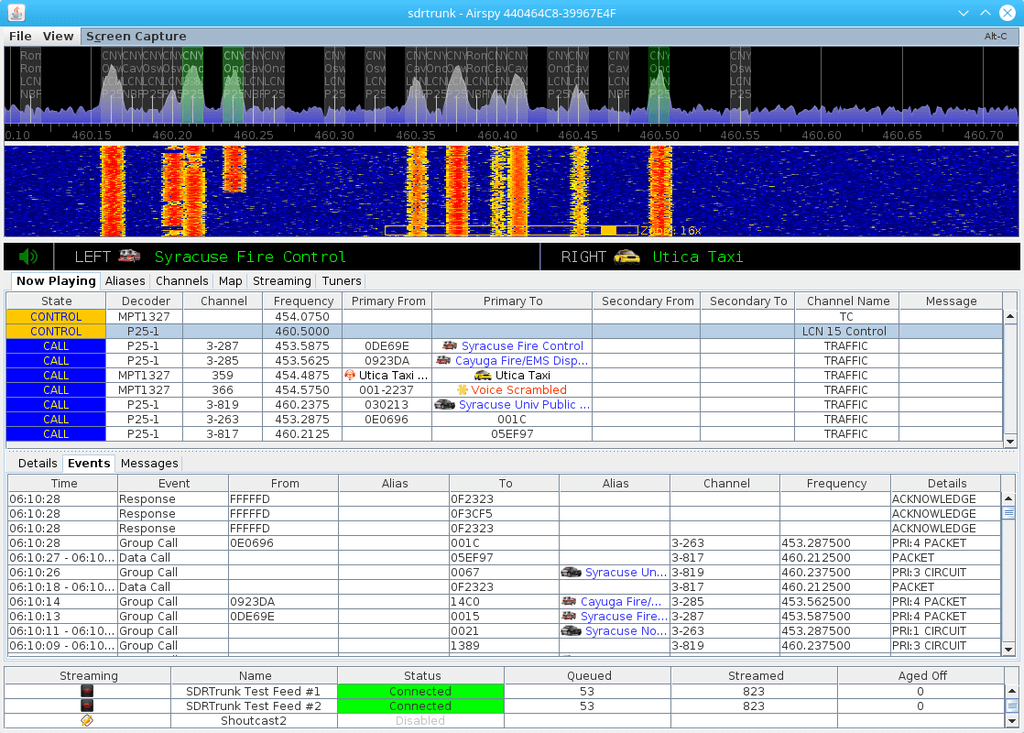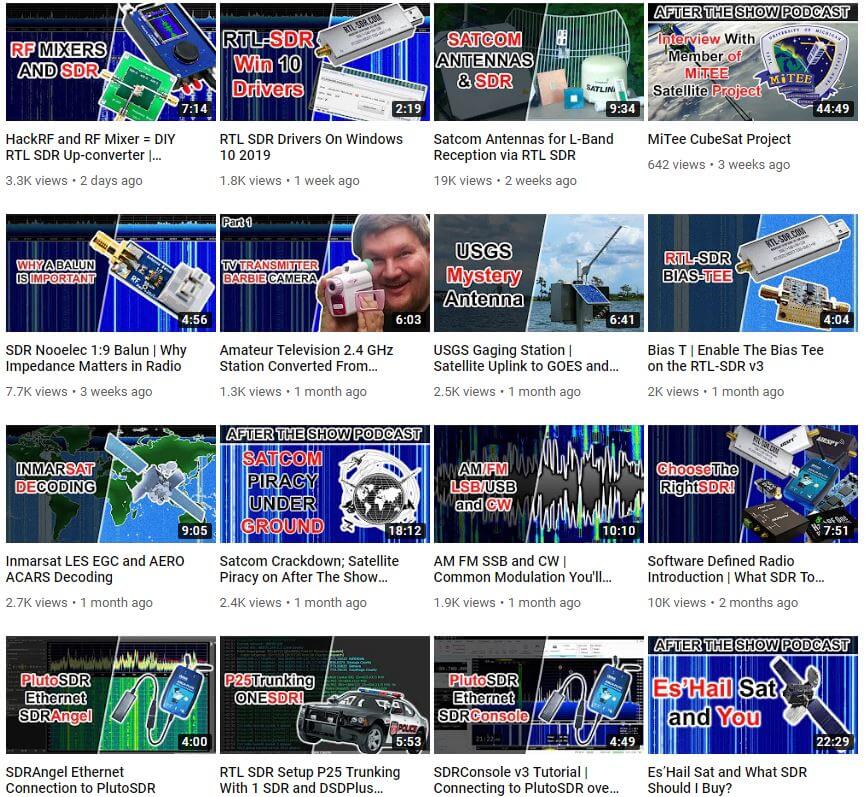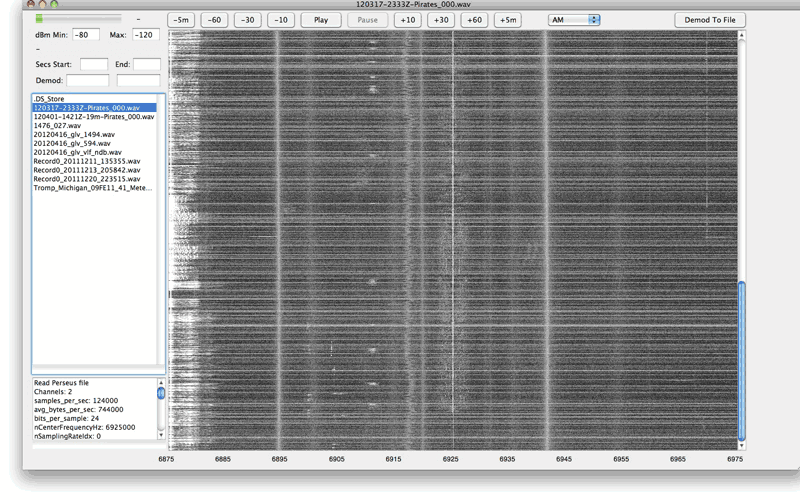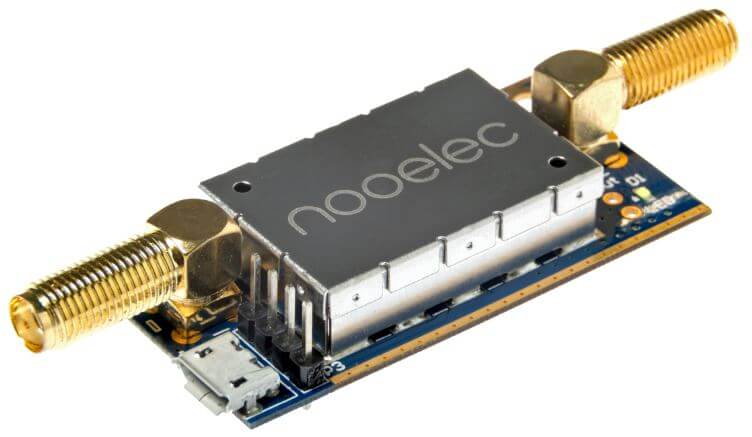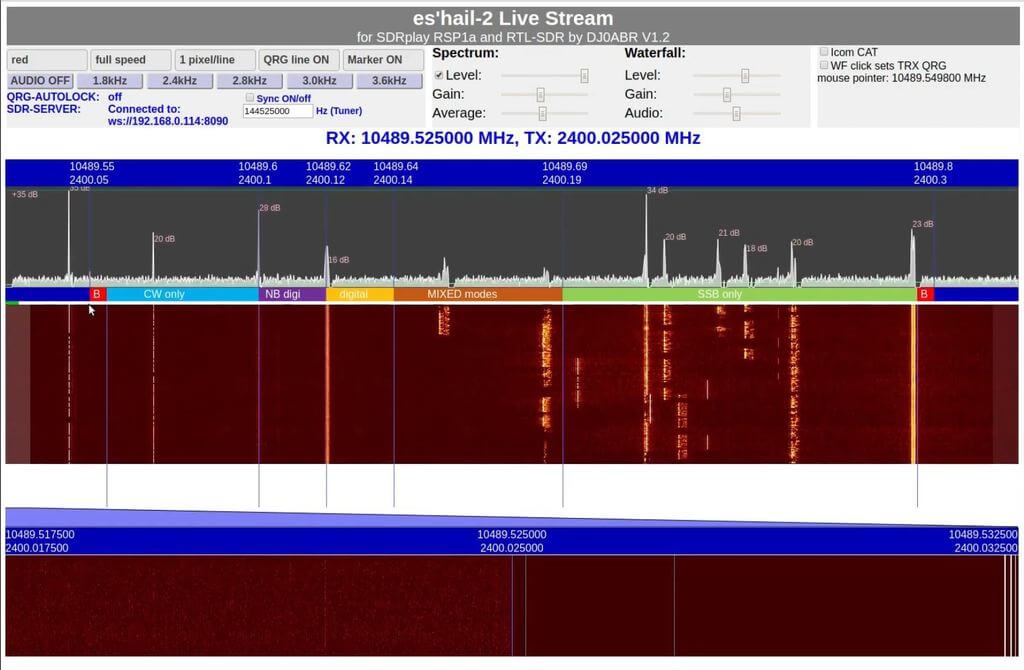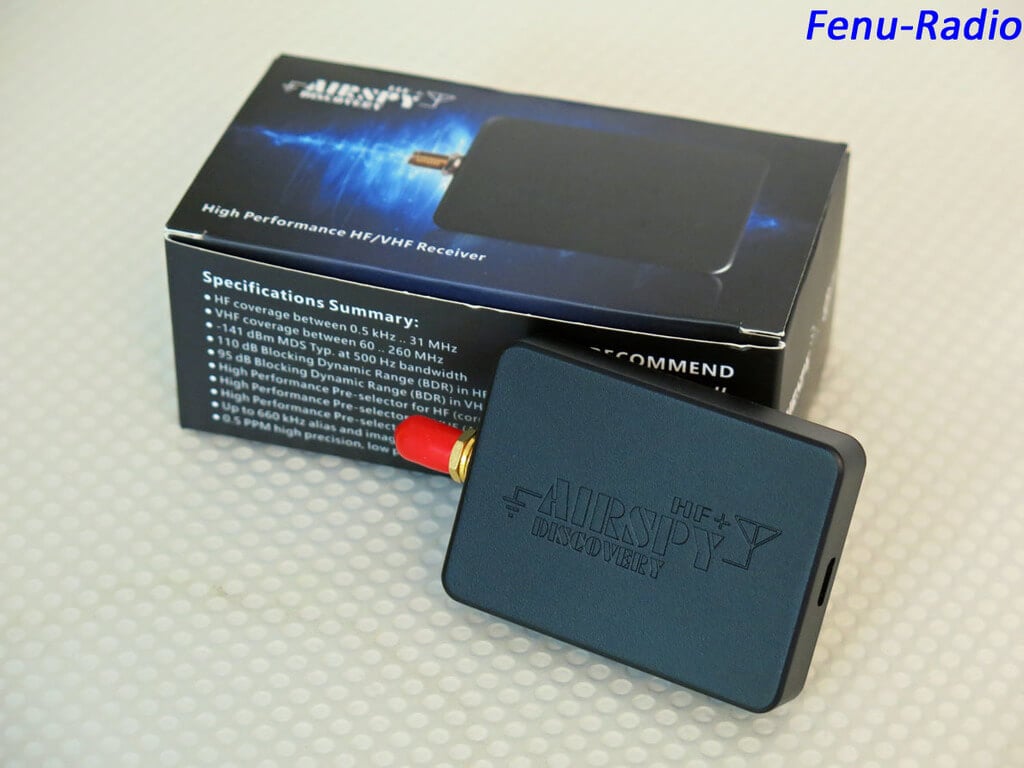Android ADS-B Flight Tracker with 3D Aircraft Display
ADSB Flight Tracker is an Android App that allows you to display ADS-B flight data in either 2D or 3D. It works either with data shared from others over the internet via aggregation sites like adsbexchange.com, or via your own home ADS-B receiver data coming from an RTL-SDR and dump1090 server on your home network. You can also directly connect to an RTL-SDR that is running on your phone and this will allow you to get data faster with less lag. Using data shared by others from the internet could have a delay of a few seconds.
In order to keep using the 3D and RTL-SDR features you'll need to unlock them for a small in-app purchase of $2 for each feature. Initially you get about 30 minutes trial time however.

Some interesting 3D videos were also recently posted to the apps Twitter page @ADSBFlightTrkr.
@LondonHeliport #helicopter #departure #fly #banking #west #London
— ADSB Flight Tracker (@ADSBFlightTrkr) August 3, 2019
Data kindly provided by @ADSBexchange #ADSB #3D #2D #Android #Hobby #FlightTracker pic.twitter.com/C32kALF70y
a new version of @ADSBFlightTrkr now available on the #android #google #PlayStore #ground #movements @zrh_airport #ADSB #3D #2D #Android #Hobby #FlightTracker pic.twitter.com/59O6OUL2tt
— ADSB Flight Tracker (@ADSBFlightTrkr) August 11, 2019
